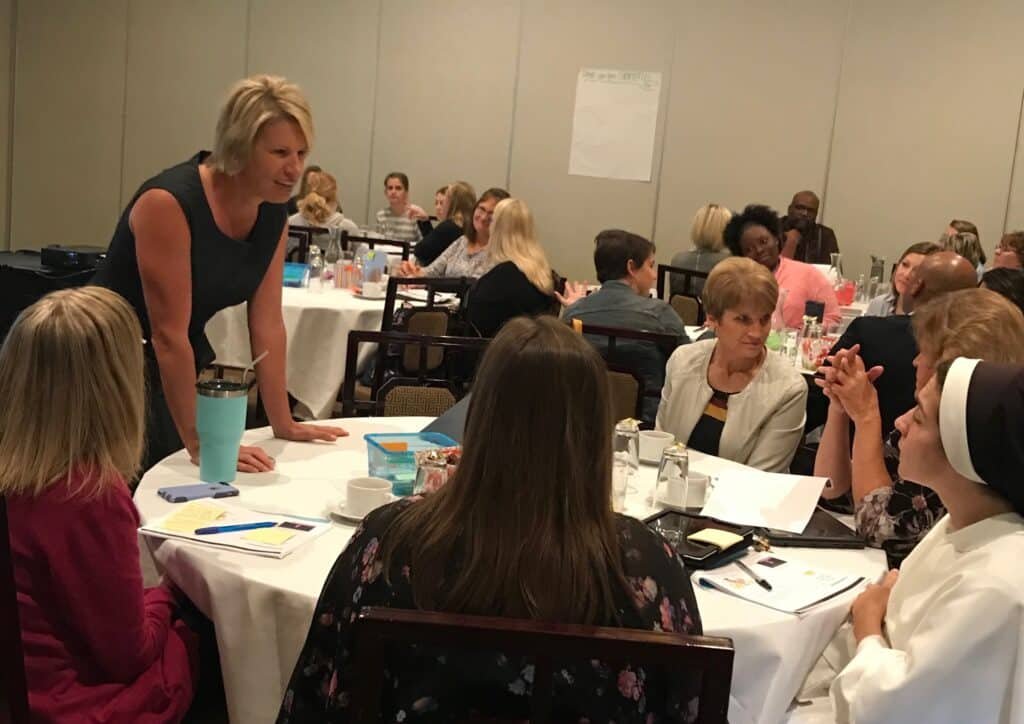In today’s fast-paced world, education is evolving rapidly. At the heart of this transformation lies a crucial challenge: how can teachers capture and sustain students’ interest in learning? Student engagement is no longer a bonus — it’s essential for academic success and personal development. To meet this need, educators must adopt practical, dynamic strategies that resonate with students of all ages and backgrounds.
This article explores five actionable tips for enhancing student engagement, offering a roadmap for building lively, interactive classrooms where learning thrives.
Why Student Engagement Matters
Student engagement encompasses more than just paying attention in class. It reflects a student’s intellectual, emotional, behavioral, and social investment in their education. Truly engaged learners are motivated, curious, and committed — qualities that translate into higher achievement and deeper critical thinking skills.
Research backs this up: According to the Gallup Student Poll, engaged students are 2.5 times more likely to excel academically and 4.5 times more likely to feel optimistic about their future compared to their disengaged peers.
For teachers, a classroom brimming with engagement means fewer management issues and more rewarding teaching experiences. However, nurturing that environment takes strategy, especially when faced with varying student interests, learning styles, and outside distractions.
Recognizing the Student Engagement Gap
Despite best efforts, engagement levels are often uneven across classrooms. The 2021–22 Speak Up Research Project revealed that nearly 50% of students felt disconnected from what they were learning. This “engagement gap” is a significant barrier to academic progress.
It’s vital for teachers to recognize these disparities and implement inclusive strategies to ensure every student has a meaningful learning experience.

Five Strategies to Foster Engagement
1. Build a Positive Classroom Culture
A supportive and welcoming environment lays the groundwork for genuine engagement. Students thrive when they feel respected, seen, and safe.
Key steps to foster positivity:
- Greet students warmly every day.
- Design a visually inviting and comfortable classroom.
- Learn each student’s name and interests.
- Set clear expectations rooted in kindness and respect.
- Celebrate achievements, big and small.
Research from USC Rossier highlights that interactive classroom layouts — like arranging desks in circles or clusters — can boost engagement by up to 45%. Thoughtful classroom design signals to students that collaboration and participation are valued.
Meaningful teacher-student relationships are at the heart of a positive environment. Demonstrating empathy and maintaining open communication nurtures trust, laying a strong foundation for active participation.
2. Embrace Active Learning
Gone are the days when learning meant passively absorbing information. Today’s classrooms demand active participation.
Effective active learning techniques include:
- Think-Pair-Share and role-playing exercises.
- Group problem-solving and debates.
- Interactive case studies and visual analysis.
To successfully implement active learning:
- Break lectures into 15–20 minute segments.
- Clearly communicate objectives for every activity.
- Offer opportunities for student reflection and peer feedback.
- Use formative assessments to monitor understanding.
Active learning encourages students to think critically, collaborate meaningfully, and retain information more effectively — transforming your classroom into a hub of vibrant dialogue and discovery.
3. Harness the Power of Technology
Today’s learners are digital natives. They expect — and often prefer — interactive, tech-driven experiences.
Effective ways to integrate technology:
- Use virtual whiteboards and collaborative tools for real-time participation.
- Incorporate multimedia like videos, podcasts, and simulations.
- Utilize educational apps and quiz games to make learning fun and interactive.
Technology also empowers teachers to personalize learning. According to the Speak Up Research Project, 86% of teachers, 91% of principals, and 73% of parents believe that digital learning tools enhance academic performance.
When thoughtfully integrated, technology not only mirrors students’ digital fluency but also prepares them for the future workforce.
4. Personalize the Learning Journey
Students are not one-size-fits-all learners. Tailoring instruction to individual needs and interests dramatically boosts engagement.
Strategies for personalized learning:
- Differentiate assignments based on skill levels and learning styles.
- Allow students to set personal academic goals.
- Give students choice over projects, reading materials, or presentation formats.
Encouraging autonomy fosters a sense of ownership and motivation. When students feel that their unique preferences are recognized and respected, they are more likely to invest themselves fully in the learning process.
5. Measure and Adapt
Finally, great teachers know that engagement strategies should be flexible and responsive.
How to assess and adapt:
- Regularly observe student behavior and participation.
- Use quick polls, surveys, or informal discussions to gather feedback.
- Be willing to adjust teaching methods based on what’s working — and what’s not.
This continuous loop of feedback and refinement ensures that classroom practices evolve alongside student needs, keeping engagement consistently high.
Strobel Education’s Approach: Blending Happiness with Learning
At Strobel Education, engagement is viewed through a holistic lens that connects happiness with achievement. Founder Kim Strobel emphasizes creating an educational atmosphere where well-being fuels academic rigor.
Through workshops, online courses, and in-person trainings, Strobel Education equips teachers with actionable strategies for cultivating energized, tech-savvy classrooms that meet the demands of today’s learners.
With Dr. Emma Gibbs on board — an expert in trauma-informed practices, literacy, and student engagement — Strobel Education provides robust professional development tailored to creating vibrant, successful learning environments.
A Classroom Alive with Energy
Ultimately, the best classrooms are places where enthusiasm and learning are inseparable. By building positive environments, encouraging active participation, leveraging technology, personalizing learning, and continuously adapting, teachers can ignite lasting passion for education in every student.
If you’re ready to infuse your classroom with energy, curiosity, and joy, consider exploring Strobel Education’s offerings. When happiness and engagement come together, every learning experience becomes a step toward lifelong success.





